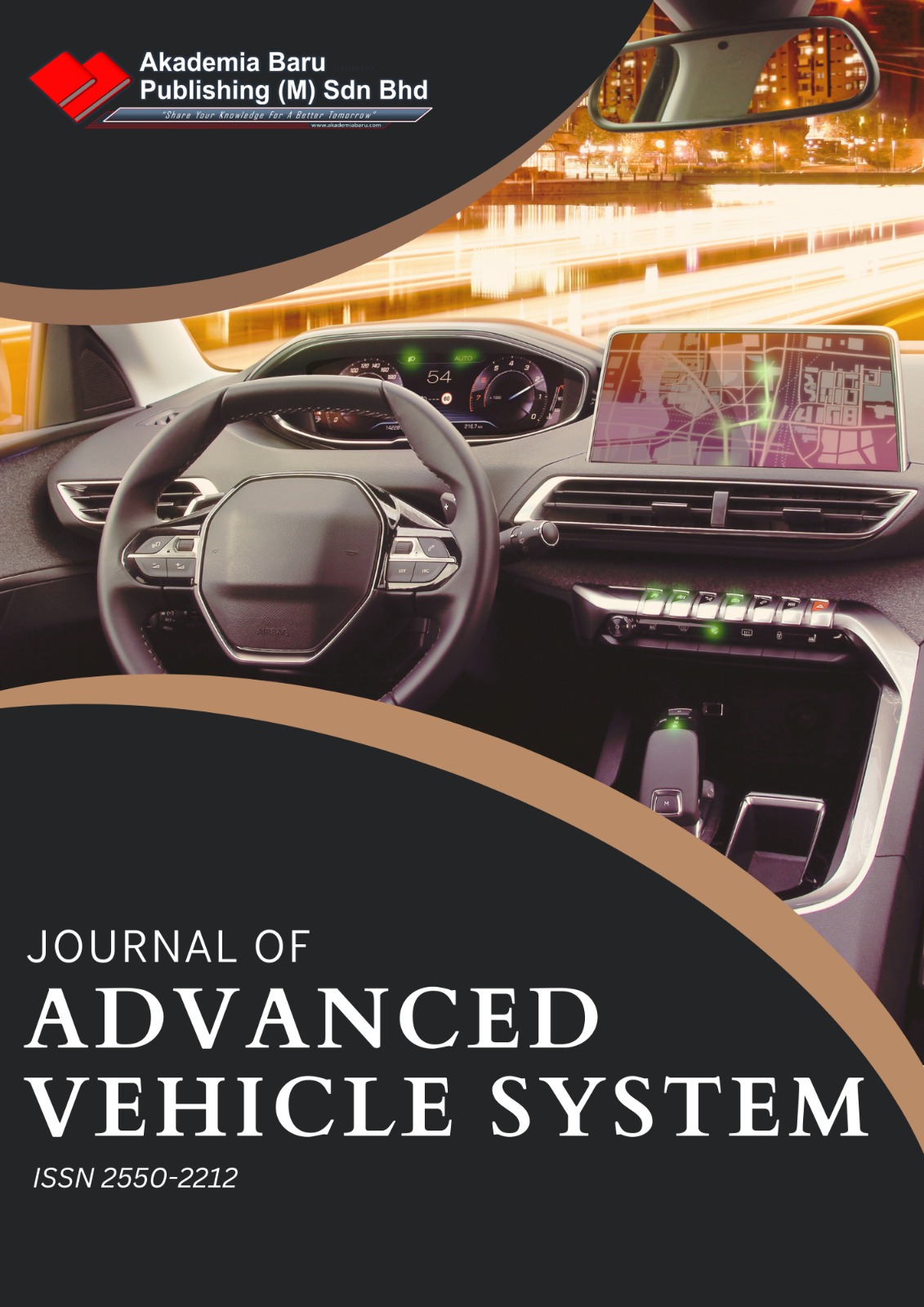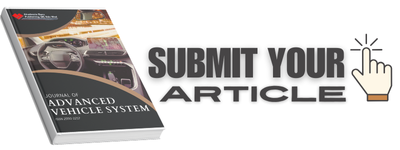Identification of Intersection Treatment based on International Best Practices for Bicycle Lane
Keywords:
Bicycle lane, intersection, best practices, signalized, unsignalized, visibilityAbstract
Cycling is becoming a trend lately and it reaches a “bike boom” status in Malaysia with the increase in the sales of bicycle reported to have tripled during the start of 2021. The percentages of bicyclists’ fatalities at intersection are also showing an upward trend from 2010 – 2016, especially at cross and T/Y junction. In 2016 alone, there is a total of 22% of fatalities involving bicycles at these two types of intersections. Therefore, this study aims to identify intersection treatment for bicycle lane in Malaysia based on best practices overseas and determine the characteristics of Malaysian bicyclists. Apart from desk review, the study also conducts site observation; considering urban and suburban settings with 3-legged and 4-legged, signalized and unsignalized intersections. Observation of bicyclists’ behavior, road geometry, site characteristics and traffic signal configurations were carried out on site. A total of 131 bicyclists were observed and the larger group was dominated by male with 86.3%. Younger people were also noticed to ride bicycle more with 61.8% as compared to older generation. Longer crossing time were observed where there is pedestrian activity while crossing with an average of 13 seconds as compared to 7 seconds when no pedestrian activity. As for best practices overseas, visibility of bicyclists is crucial when at intersection. Amongst treatment recommended to increase visibility includes the provision of advanced stop line or bike box in front of motorized vehicle and before pedestrian crossing. In addition, proper signage and road markings are also vital for safe navigation at the intersection. For complex intersection special treatment such as stage crossing or pocket lanes can be applied. However, proper studies are needed to ensure the application on Malaysian traffic and road users are compatible. Results of the study can be further enhanced with interview survey carried out to bicyclist to obtain their perception of safety, security, comfortability of bicycle lane especially pertaining to intersection design.











